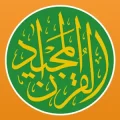
Application Description
Western Tamang - Nepali Dictionary
Tamang is a language spoken by the Tamang speech community. According to the 2011 Census in Nepal, Tamang ranks as the fifth most spoken language, with 5.1 percent of the population. It is part of the Tibeto-Burman group within the Sino-Tibetan language family. The majority of Tamang speakers reside around the Kathmandu Valley, though the Tamang ethnic group is spread across various districts in Nepal. In 2058 VS, the Nepal government recognized Tamang as an indigenous ethnic community, highlighting its unique cultural features. This recognition has been further emphasized in the interim constitution of 2063 VS and the recent constitution of 2072 VS, which prioritize Tamang as a national language.
The 'Do:ra song' narrates the migration of Western Tamang people from Tibet into Nepal through 'Same' in the Himalayas. This migration led to the establishment of Tamang communities in various locations such as 'Rhirhap', 'Gyagarden', 'Bompo', and 'Lambu', all situated around 'Same'. In Tamang culture, the belief that the Earth's tail lies to the north and its head to the south influences their burial practices. The deceased are taken upwards, with their heads positioned southward before cremation. The term 'Same' is derived from 'Sa' (Earth) and 'me' (Tail), symbolizing 'the tail of the Earth'. This cultural narrative reflects the journey from the tail to the head of the Earth.
Although Tamang lacks a standardized grammar, it is divided into two main dialects: Eastern and Western Tamang. Eastern Tamang, originating from the Langtang Himal and spoken east of the Trisuli River, is known as 'Syarba'. Western Tamang, spoken in districts such as Rasuwa, Nuwakot, Dhading, Gorkha, Lamjung, Chitawan, and Kanchanpur, is referred to as 'Nhurba' or 'Nhuppa'.
This bilingual dictionary is a collaborative effort by members of the Western Tamang speech community from the aforementioned districts. It translates Tamang words into Nepali, making it a valuable resource for comparative linguistic studies. However, the number of Western Tamang speakers is declining due to the influence of Nepali, the lingua franca. This shift poses a significant challenge to the preservation of Western Tamang as a mother tongue, making this dictionary crucial for its preservation, promotion, and development.
Continuous improvement is essential for the dictionary's advancement and maturity. The speech community, stakeholders, readers, organizations, and other concerned authorities are encouraged to provide insightful comments and feedback to enhance this resource.
What's New in the Latest Version 1.7
Last updated on Sep 29, 2024
- Updated on July 30, 2024
- New Android SDK
Books & Reference

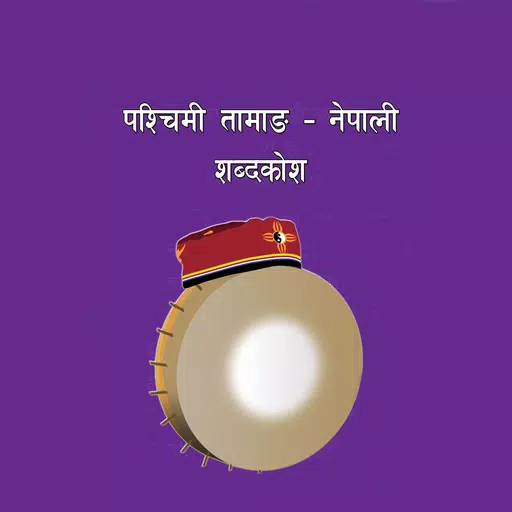

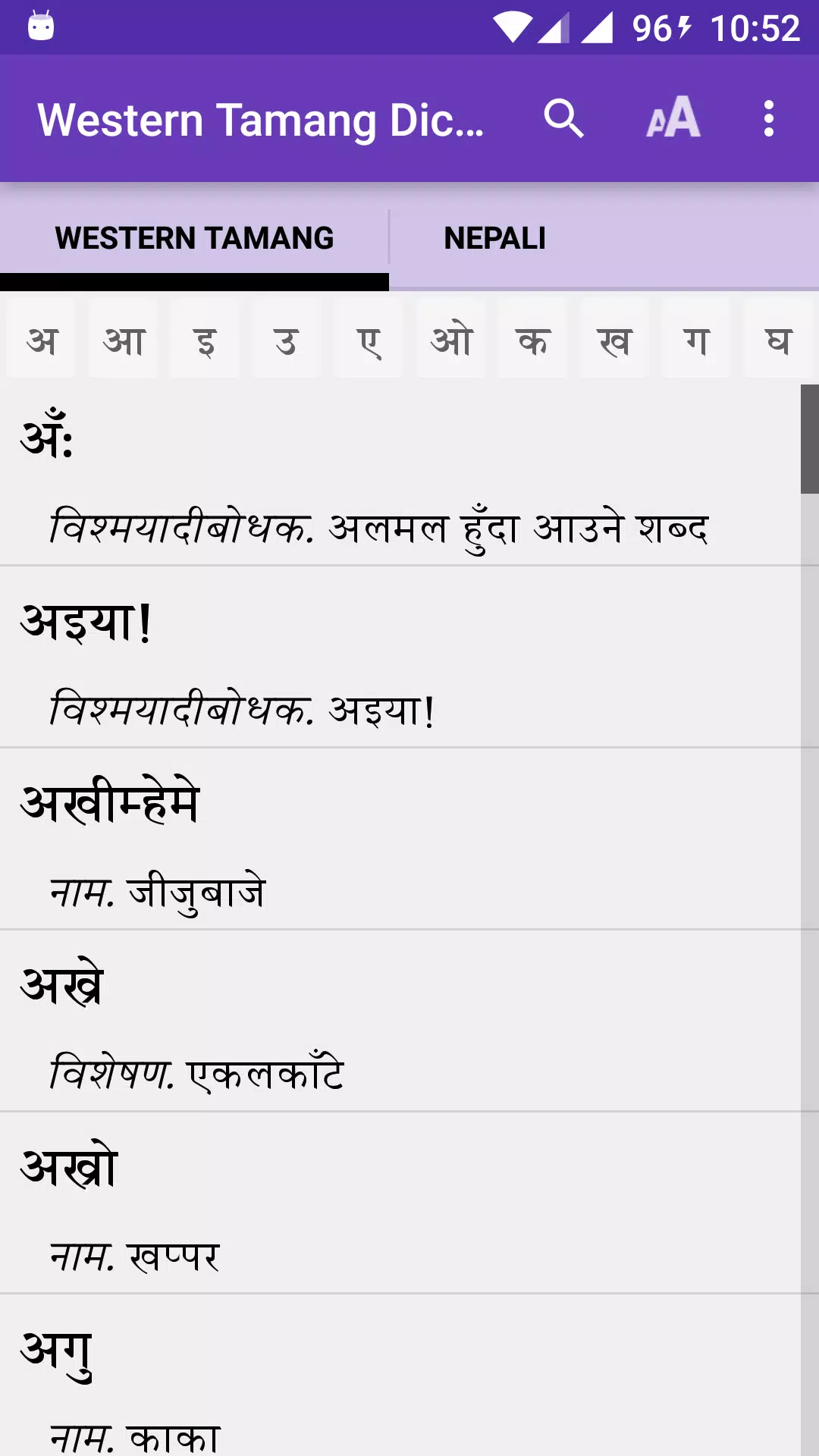
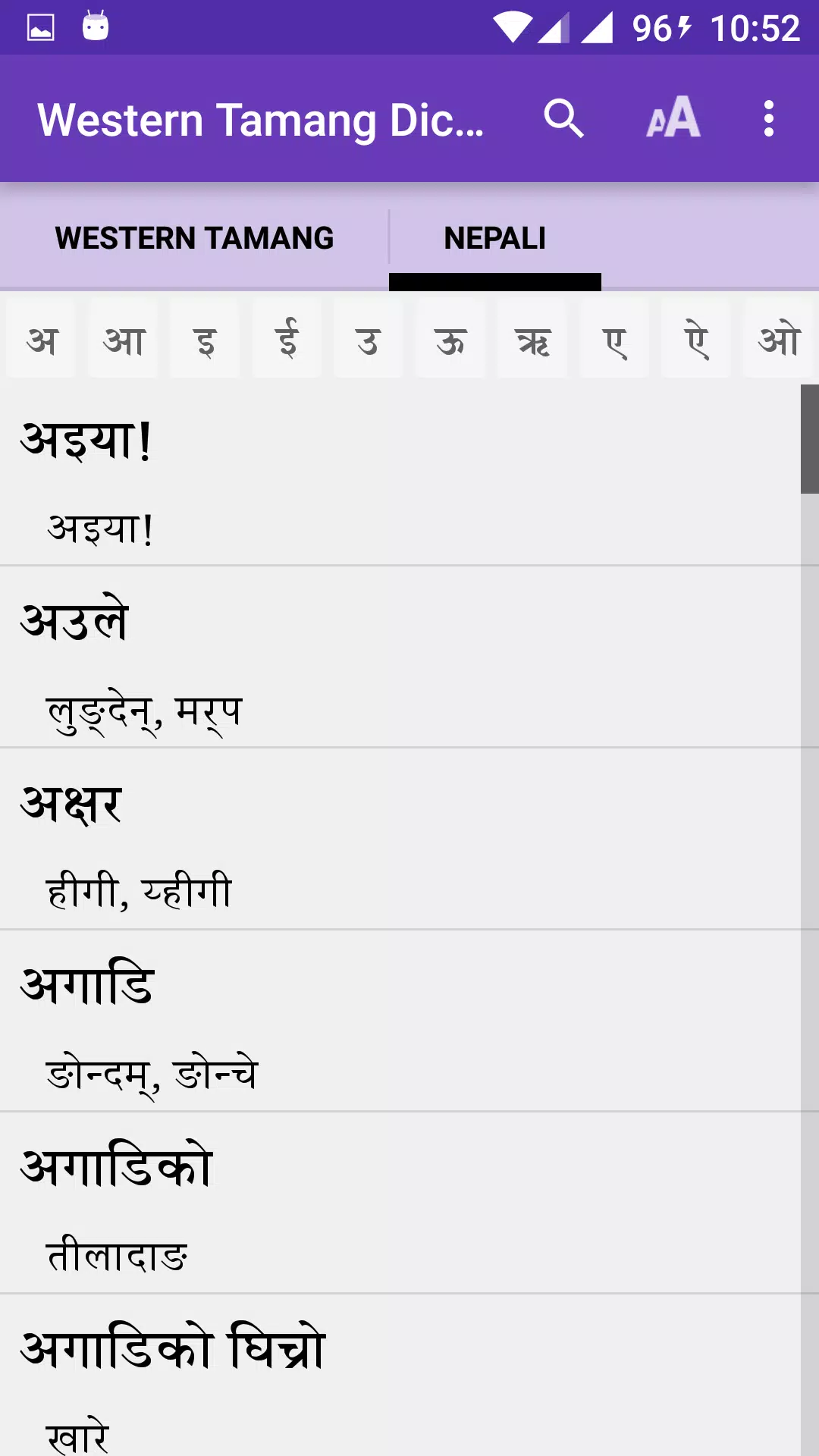
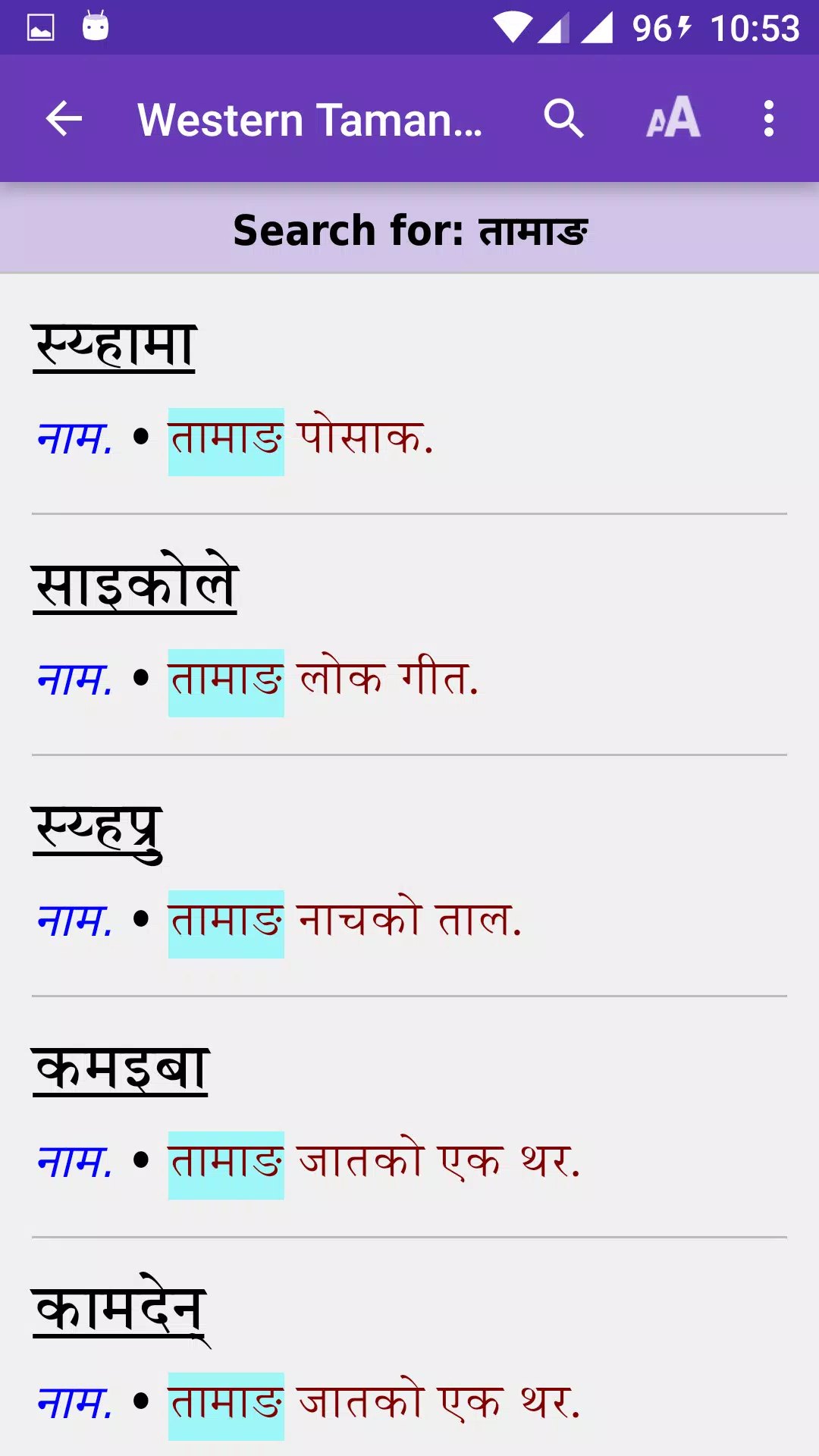
 Application Description
Application Description  Apps like Western Tamang Dictionary
Apps like Western Tamang Dictionary 